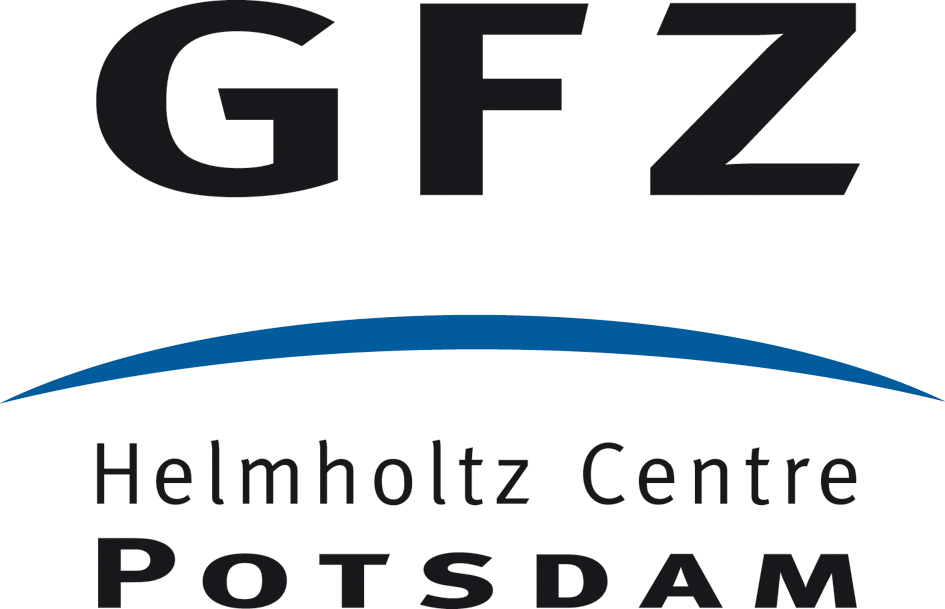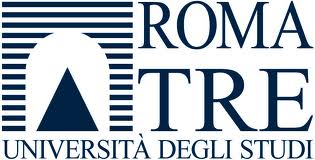Where do we see the future of analogue modelling? Which are the main challenges we have to face to continue producing useful results for the scientific community?
With these fundamental questions in mind we initiate the first methodological workshop for tectonic and volcanological experimental modelers. The current 2-day workshop focuses on visual (kinematic) monitoring with two oral sessions on that topic. The poster sessions are open to any methodological contribution. The workshop is followed by a short course on "displacement fields and deformation".
AiQAM in EOS

Abstract submission and online registration are now closed. On site registration is still possible.
We recorded registrations from labs in Belgium, France, Germany, Italy, Japan, Mexico, Norway, Portugal, Switzerland, UK and USA.
1st Workshop on Advances in Quantitative Analogue Modeling (AiQAM):
Quantitative deformation analysis in analogue tectonic and volcanic models. Exploring particle image velocimetry (PIV) and other methods for high resolution displacement monitoring.
In the past decade, digital image analysis methods such as PIV (Particle Image Velocimetry, derived from fluid physics) have found their way into experimental modeling of tectonic and volcanic processes. The availability of accurate and precise constraints on the kinematic evolution of the models at high spatiotemporal resolution has a number of advantages. Firstly, it allows a more quantitative analysis of the models and thereby physical interpretation of the system under consideration. Moreover, it allows for better integration of experimental results with geodetically observed natural systems and numerical models, which rapidly evolve into the 4th dimension (3D space and time) due to increased computational power. This integration potentially allows for more reliable benchmarking and/or the development of hybrid approaches, which will provide better understanding of the mechanics of the modeled system.
This workshop firstly aims to facilitate the exchange of experience on the different methods (such as particle image & tracking velocimetry, Moiré projection, photogrammetry), softwares (in case of PIV, from commercial LaVision DaVis to Matlab toolboxes such as MatPIV and PIVlab) and post-processing toolboxes (e.g. PIVmat, SSPX) for extracting quantitative information on displacement and strain from the models. Secondly, by connecting a critical mass of researchers working on these methodologies, it aims to enhance method development and promote its dissemination also on the longer term.
Invited speakers will share their experience on these methods in two sessions, “monitoring methods” and “post-processing for quantitative deformation analysis”. In addition, we call for poster contributions to the workshop, highlighting any methodological advances in your experimental work, including but not limited to monitoring and image analysis. The workshop is followed by a short course on displacement fields and deformation.
We look forward to welcoming you in Potsdam!
Karen Leever, Matthias Rosenau (GFZ Potsdam), Olivier Galland (University of Oslo), Valerio Acocella and Joel Ruch (Roma Tre)
When: 23-24 (25) September 2013
Where: GFZ Potsdam, Germany
Participation fees:
Workshop Monday-Tuesday (includes lunch on Tuesday)
&nb
- online pre-registration (until 30.04.2013): €20,-
- regular online registration (until 10.09.2013): €25,-
- on-site: €35,-
Conference Dinner: €20,-
Short Course Tuesday-Wednesday (includes lunch on Wednesday)
- registration by email (until 10.09.2013 or sooner if it is full - please wait for confirmation): €50,-
Download practical information
Contact: aiqam [at] gfz.de



Workshop programme
Monday, 23.09.13
12:30 opening and introduction
Session 1: Monitoring methods
13:00-15:00 Invited talks
J. Kristian Sveen (IFE, NO): The basic pattern matching principles behind Particle Image Velocimetry. Abstract
Jürgen Adam (RHU London, UK): Quantitative 3D strain analysis in analogue experiments simulating tectonic deformation: Integration of X-ray computed tomography and digital volume correlation techniques. Abstract
Sebastien Leprince (CalTech, USA): COSI-Corr: A versatile technique to monitor and quantity surface deformation in space and time. Abstract
Olivier Galland (Univ. Oslo, NO): Moiré projection and advanced photogrammetry for 3D monitoring subtle deformations in laboratory models. Abstract
15:00-16:00 coffee break, poster session
16:00-17:30 discussion on alternatives and challenges
18:00 workshop dinner
Tuesday, 24.09.13
Session 2: Post-processing for quantitative deformation analysis
09:00-10:30 Invited talks
Nestor Cardozo (Univ. Stavanger, NO): Strain from velocity/displacement data.
Saad Haq (Purdue Univ., USA): Diagnosing the style of deformation in analog models: An example exploring the development of the Pakistani Fold-and-Thrust Belts. Abstract
10:30-11:30 coffee break and poster session
11:30-12:30 Plenary discussion
12:30-14:00 Lunch buffet and poster session
14:00-14:30 Closing words, summary and outlook
Short course “Displacement fields and deformation” for new PIV users
8 to 16 participants; basic Matlab skills assumed
14:30-15:00 Visit to the analogue tectonic laboratory of GFZ section 3.1 (open for all workshop participants)
15:00-16:00 On recording displacement in analogue models
16:00-17:00 Optical recording of a tectonic experiment
Wednesday 25.09
Short course “Displacement fields and deformation” for new PIV users (continued)
09:00-10:00 Basic linear algebra
10:15-12:00 Homogeneous deformation; infinitesimal and finite strain
12:00-13:00 Lunch
13:00-15:00 Heterogeneous deformation; finite strain in 2D
15:00-17:00 Analysis of experiment data using Matlab code, PivMat, SSPX

